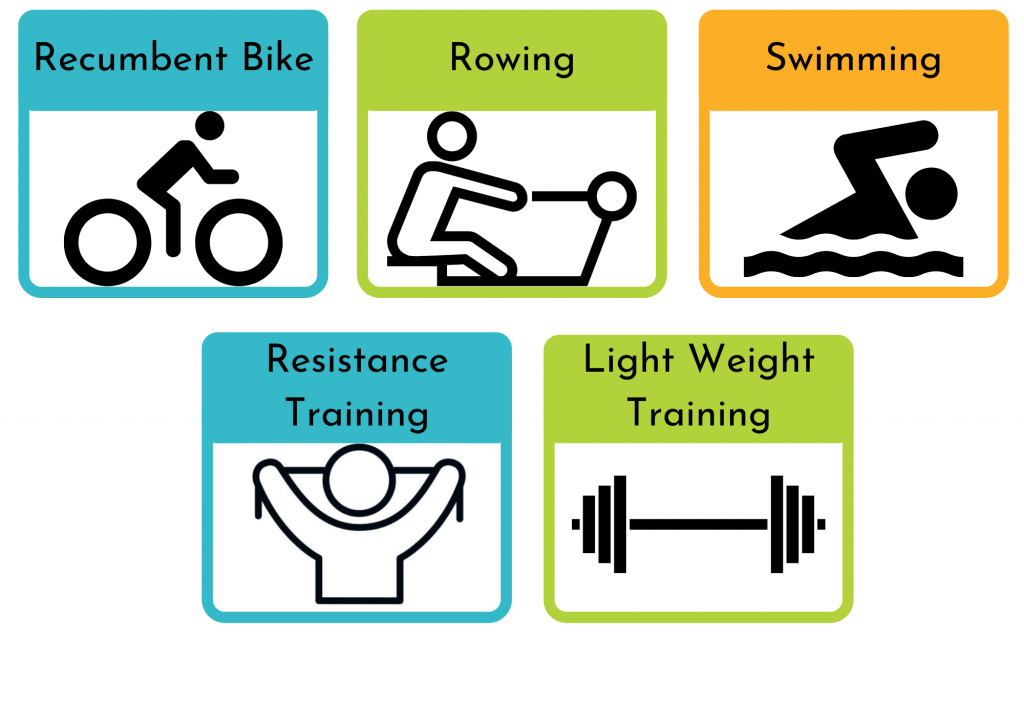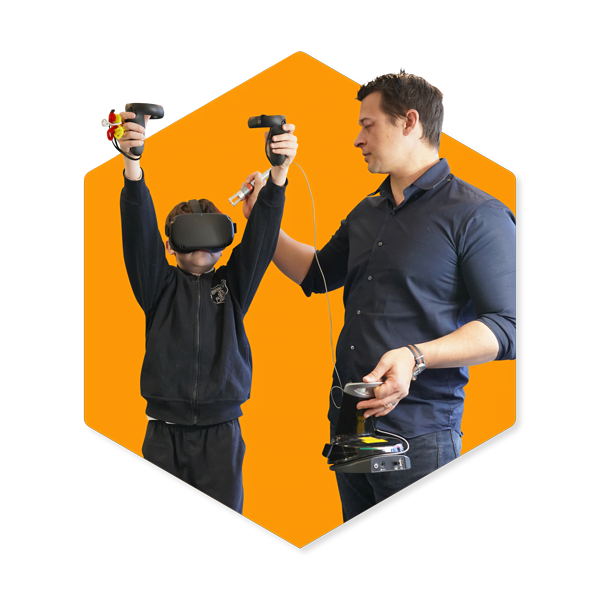Orthostatic Intolerance Training is a non-pharmacological alternative to treating neurological conditions such as POTS and Orthostatic Intolerance. Studies have shown that patients with these conditions are more susceptible to physical deconditioning due to autonomic imbalance caused by their sympathetic and parasympathetic nervous system. Implementing an exercise regime has been proven to significantly reduce orthostatic symptoms through expanding blood and plasma volume which increases cardiac muscle mass. This overtime restores balance within the autonomic nervous system and reduces vestibular symptoms, enabling patients to have an overall better quality of life.
The goal is for the patient to complete 30 minutes of exercise a day for a total of four times a week. This is built up over a period of weeks or months, depending on the patient. The exercises should be completed sitting or laying down, and involve both cardio and strength based exercises.
Often with POTS we need to tailor an exercise program that works for your level of symptoms. Frequently we see people are unable to do any upright based exercise.
Good exercises to include in an Orthostatic Tolerance training regime include:

Buffalo Treadmill Test
The Buffalo Concussion Treadmill Test (BCTT) is used to determine a person’s aerobic capacity by measuring their overall tolerance to exercise. The findings of this test allows for a safe and attainable exercise plan to be formulated alongside a patient’s physical capabilities.
A person’s heart rate and symptom severity is measured for every minute they walk on a treadmill. The treadmill is inclined by a single degree every minute until it reaches a maximum incline of fifteen degrees. The patient and practitioner communicate throughout the duration of the test and general observations are also taken.
Click this link to find out more information regarding the Buffalo Treadmill Test: https://cdn-links.lww.com/permalink/jsm/a/jsm_2020_01_28_haider_19-313_sdc1.pdf
For more information: https://www.ncbi.nlm.nih.gov/pmc/articles/PMC6289756/
